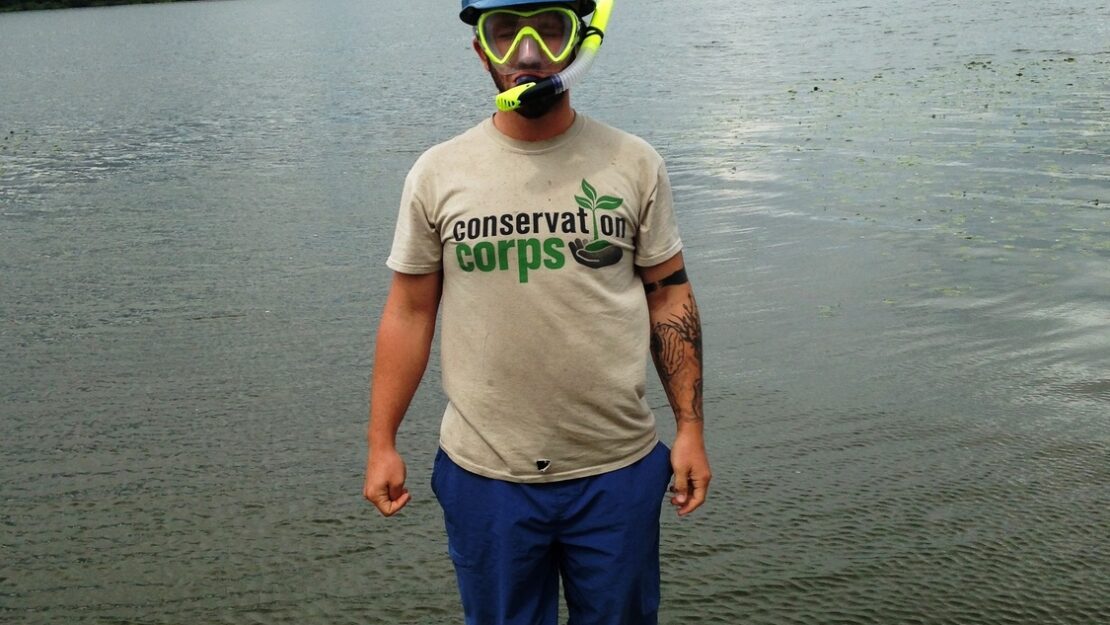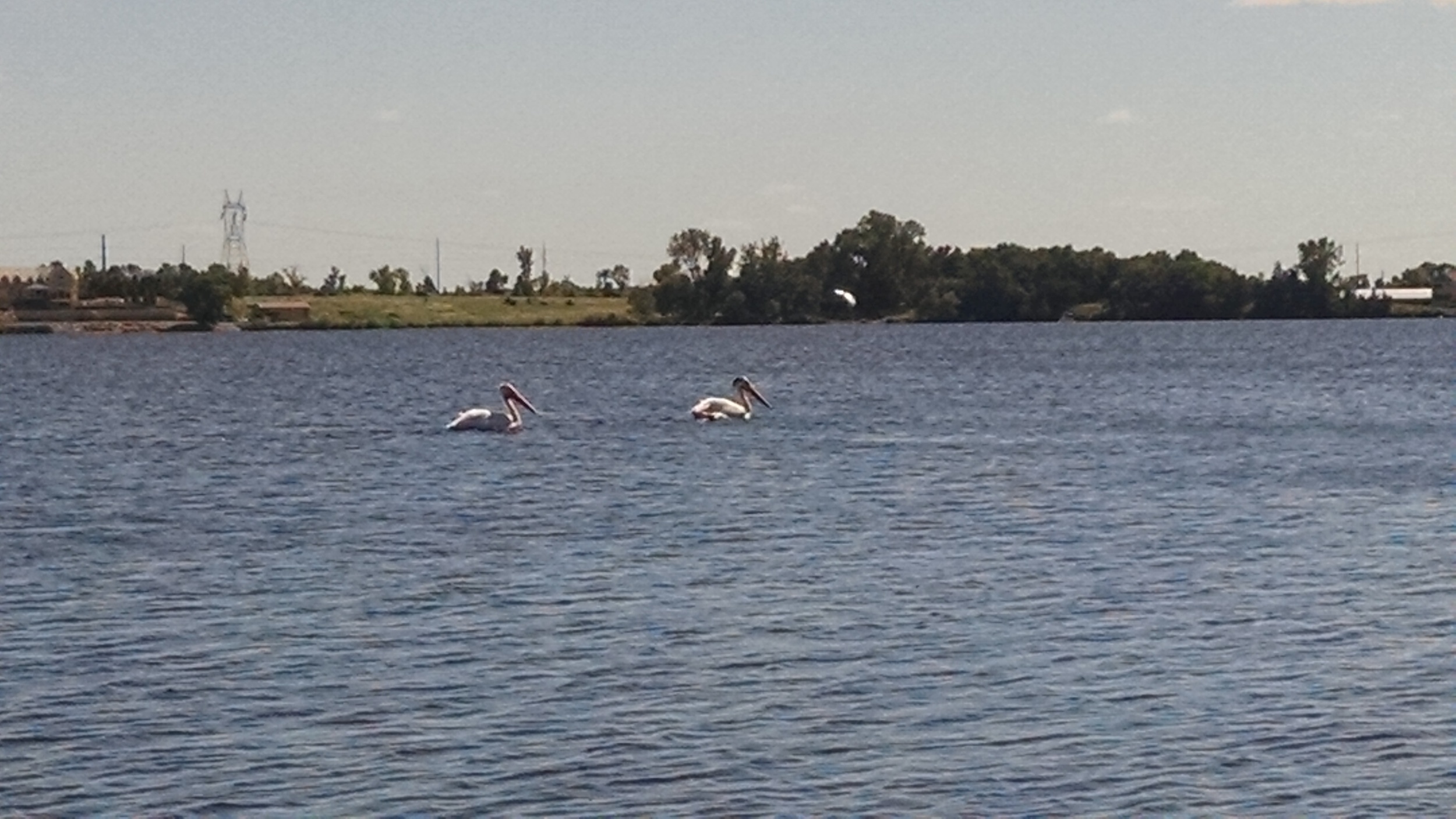The Great Minnesota Boat Ride


Left: Invasive curly leaf pond weed
Right: Rake filled with elodea canadensis and a large mussel. Both are native.
By: Nicholas Cox

“The Land of 10,000 Lakes” they say. The 800,000 registered boats in the state only need an average capacity of 6.75 persons to take the entire population of Minnesota for a boat ride this weekend. And with the actual number of lakes at 11,842 there should be plenty of room. Wow, the feasibility of this plan is pretty amazing. Just be sure to clean any plants off your boat and check for zebra mussels before you leave the boat landing!
That last bit is why you see me herein snorkel gear. As you may well know, each of our lakes contains life, life which depends on delicately balanced ecosystems. These boats we’ll all be riding on this weekend have the potential to tip those ecosystems out of balance. Plants and aquatic animals that have had a historically tough time traveling from lake to lake now have a vehicle to do so and certain species have become a serious threat to the huge economy and celebrated culture that we’ve established upon our land of sky blue waters.

Unknown native snail
The State of Minnesota recognizes this and they’ve sent my crew to metro area lakes with snorkels and clipboards to combat the issue head on, so rest easy Minne-friends. The effort so far has largely consisted of outreach to water users to slow the spread of aquatic invasive species (AIS) into new lakes. If you’re a boating person, then you’ve seen the instruction signage at public boat landings and have probably heard of Eurasian watermilfoil, curly-leaf pondweed and the notorious zebra mussels. And if you’re not a boating person, then welcome to Minnesota because you’ve obviously just arrived. The statewide battle against AIS has recently been afforded some reinforcements, the most notable of which are a handful of Conservation Corps Young Adult crew members with shiny new DNR boating certifications. The task at hand is to survey what are thought to be clean lakes via boat and snorkel, so that correct information can be passed along to water users and DNR decision makers in hopes of keeping uninfested waters free of AIS.
It’s relatively simple to learn what these invasive plants look like, and you’ll soon recognize them when you’re out on the water. The difference between a clean lake and an infested lake is pretty astounding. If not just in terms of appreciating native ecosystems, then at least as you listen to your friend complain about stopping every five minutes to pull globs of Eurasian watermilfoil off their boat’s propeller. Taking care of our lakes and rivers has always been important to Minnesotans, and it will continue to be increasingly so as we face exponential environmental changes. As a transplant to Minnesota, I’m just happy to be part of the Conservation Corps knowing that I’m fighting the good fight.

Pelicans on Hyde’s Lake